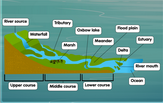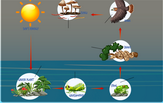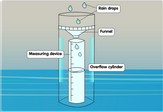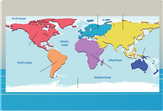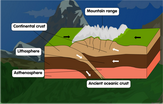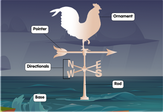Coastal erosion diagram
The sea is constantly reclaiming land along shores and coastlines. Over your own lifetime, you might even notice the beaches or cliffs you’ve seen in your childhood get smaller.
Coastal erosion is responsible for this shrinkage of land. The force of the tides, currents and waves slowly whittle away at the rock, removing particles of it at a time. Oftentimes erosion occurs slowly, through a period lasting decades or centuries. In the event of hurricanes, storm surges or tsunamis, erosion can become more intense, and the resultant mass wasting can remove tons of sediment at once.
Destructive waves refer to waves that remove particles of rock or other material from the shore as they make contact. Several processes contribute to sediment removal.
Abrasion causes small rocks to rub against a rocky wall, smoothening its surface over time.
Attrition is a related process wherein rocks carried by waves hit and break each other into smaller pieces.
Hydraulic action simply refers to the force when waves impact the surface of a rock. This can trap air inside, which can slowly break apart the material from within.
Solution occurs when seawater can dissolve some types of rocks by itself.
Feel free to consult our coastal erosion diagram for an accurate and detailed illustration of the processes related to the phenomenon of coastal erosion.

